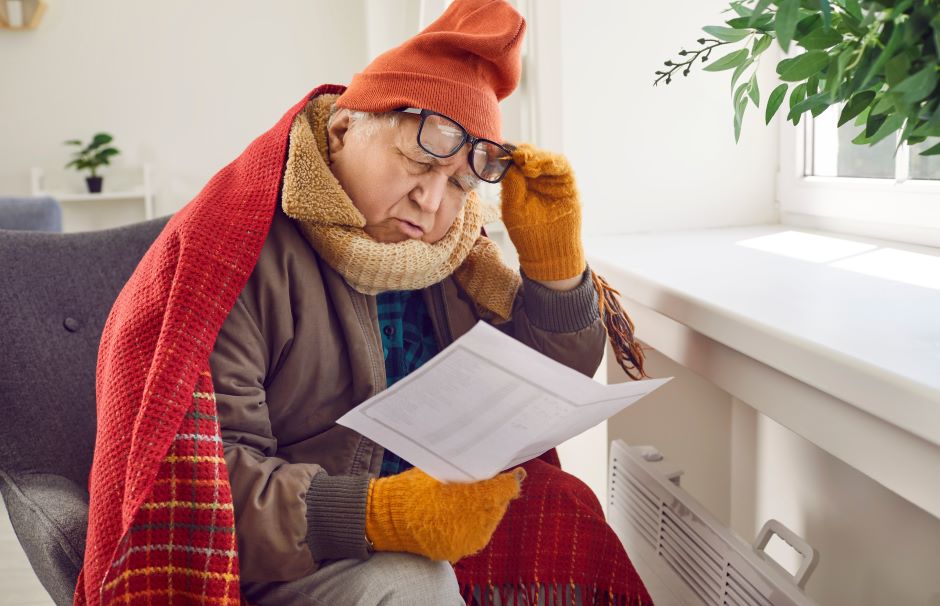
You probably didn’t know, but there are ideal thermostat settings for fall that make your home even more efficient and comfortable. The best tips are to program your thermostat, use natural warmth, seal gaps in the house, layer up, schedule regular maintenance, and consider zoning.
The shift in seasons ushers in a delicate dance between cool breezes and chilly evenings, making it essential to fine-tune your thermostat settings, so welcome to the guide that will tell you everything you need to know.
Here, you will discover the secrets to striking the perfect balance for your comfort and energy savings!
When To Turn Off AC In Fall?
Turn it off around the end of summer and the beginning of autumn. Once the sweltering days of summer are behind you, it is time to give your AC a well-deserved break. Turning it off saves you electricity and money, making this transition a financial breeze.
When To Turn Heat On In Fall?
As the chill in the air intensifies, you will want to flip the switch to activate your heating system. Ideally, you should make this transition when the outdoor temperature consistently drops below your comfort level.
It is all about preparing for winter and maintaining that cozy ambiance without overworking your heating system.
What Temp To Set A Thermostat In The Fall?
You are not the only one wanting to know what should heat be set at in the fall! The sweet spot typically hovers between 68°F and 72°F (20°C to 22°C), and that is the best temperature for heaters in the fall – good for the comfort and the bills.
| Another article published on Wisercosts' blog page will show you more surefire energy and money-saving tips for fall and winter if you'd like to read about them. |
What Should The Thermostat Be Set At In Fall?
The ideal thermostat setting for fall will be the one that helps with efficiency and comfort. Follow the steps below to discover yours!
- Invest in a programmable thermostat to schedule temperature adjustments. They range from $ 20 to $ 250 or more. Lower it while you are asleep or away to save energy, and raise it during waking hours for maximum comfort.
- During daylight hours, harness the natural warmth of sunlight. Open curtains and blinds to let the rays of the sun work their magic.
- Prevent drafts by sealing gaps around doors and windows, and ensure your house is adequately insulated. This keeps the cozy warmth inside and the chilly drafts out.
- Instead of cranking up the heat, layer up with cozy blankets, sweaters, and warm socks. It is a stylish way to stay warm and conserve energy.
- Do not forget to schedule regular maintenance for your heating system. A well-maintained system operates efficiently and saves you money in the long run.
- If possible, install a zoning system to control the temperature in different areas of your home independently. This way, you can heat only the rooms you're using.
- Humidified air feels warmer, so consider using a humidifier to add moisture to the air. It can make your home feel more comfortable at a lower temperature.
Not knowing how to set the temperatures at home is one common heating problem homeowners have – but you don't. Not anymore!
Go ahead and adjust your thermostat with confidence, and enjoy the autumnal embrace of your perfectly controlled environment. Reach out to Wisercosts' heating experts to aid you.
 Let a heating contractor give you an estimate on your project
Let a heating contractor give you an estimate on your project

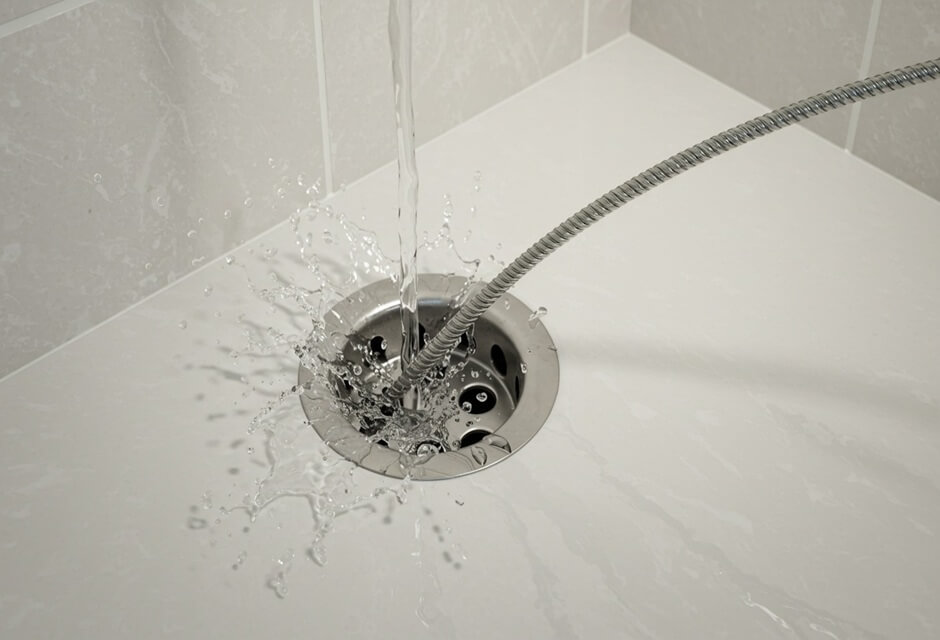
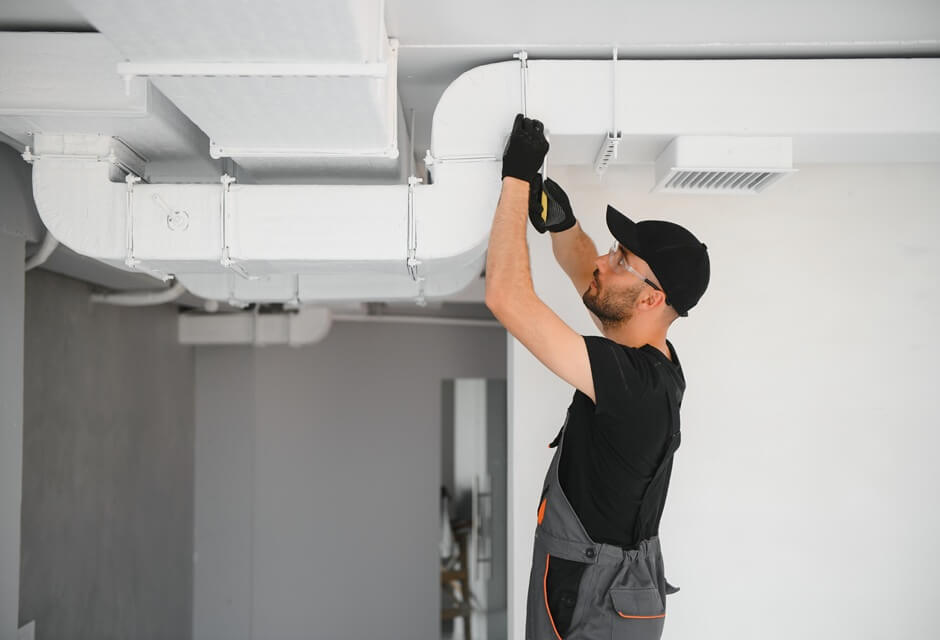
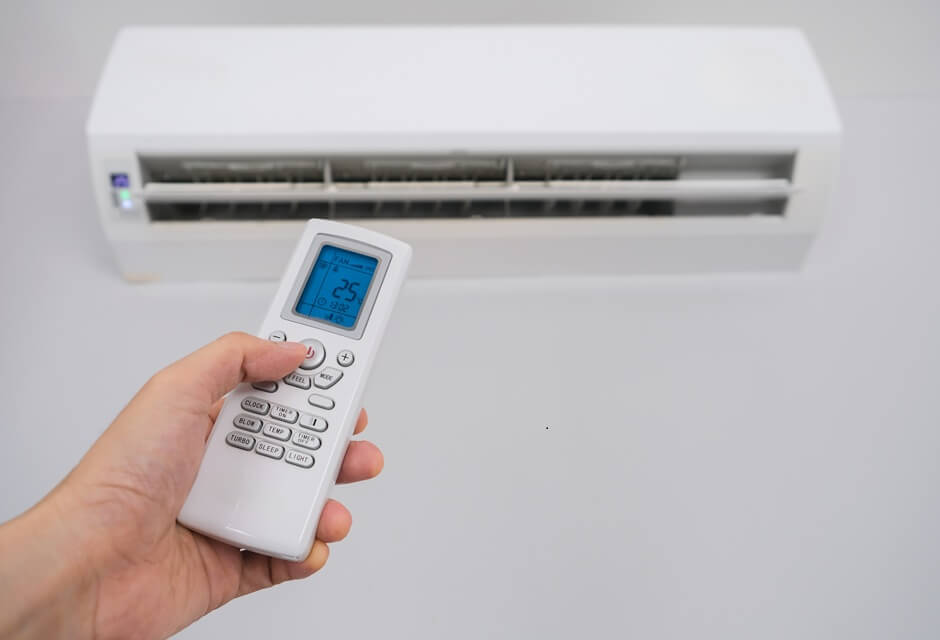
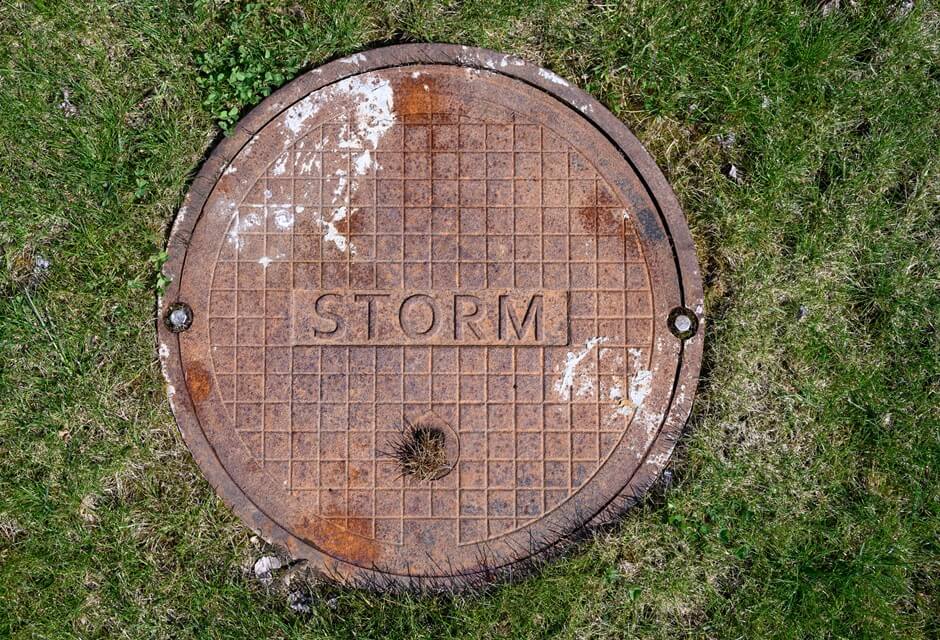
 Member of the
Member of the